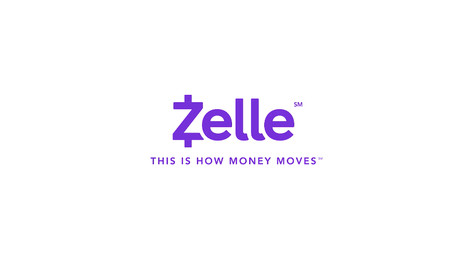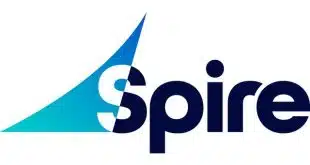Fiserv Inc. has onboarded 200 banks and credit unions to the Zelle peer-to-peer payments network since the start of the year, doubling the number of financial institutions it has brought into the network since 2017. Of the 200 financial institutions, more than 80% have gone live since March, when the Covid-19 pandemic hit.
The accelerated growth since the start of 2020 is due to a combination of consumers’ increasing comfort with mobile payments, their growing preference for cashless transactions, and a streamlined onboarding process, Fiserv says.
Zelle allows consumers to send and receive money directly from one financial institution account to another in the United States. The network is operated by Early Warning Services LLC, which is owned by Bank of America Corp., BB&T, a unit of Truist Financial Corp., Capital One Bank, JPMorgan Chase & Co., PNC Bank, U.S. Bank, and Wells Fargo & Co. Early Warning partners with payment-technology providers such as Fiserv to connect financial institutions to the Zelle network.

One of the ways Fiserv has streamlined its onboarding process for Zelle is by making it easier for banks to integrate Zelle into their digital-banking platform. In this way, Fiserv has reduced the time it takes for financial institutions to go live on the network from 10 to 12 months to as little as two to three months in some cases, says Derek Swords, vice president of electronic payments for Fiserv.
The current environment adds urgency to smoother and faster onboarding for financial institutions, Swords says. “While Covid-19 has certainly added lighter fluid to the fire [of consumer P2P adoption], we have a repeatable process that minimizes friction during the onboarding process,” Swords, says. “We are also able to bring financial institutions onboard in batches.”
Financial institutions brought online to Zelle since the start of the year include SECU of Maryland, a credit union serving more than 250,000 members across the state, and The Federal Savings Bank, a Chicago-based veteran-owned bank with offices across the United States.
“Even prior to Covid-19, our strategy has been to push towards more sophisticated digital technology for our members to allow them the ease of banking from their homes,” Becky Smith, executive vice president, chief strategy and marketing officer at SECU of Maryland, says in a prepared statement. “Now that we are in a new environment, being able to offer Zelle has proven to be even more meaningful to our members who have been asking for a service like this.”
Currently, 1,054 financial institutions overall are contracted to participate on the Zelle network, up from 924 in July, according to Early Warning. Enrollment in the network grew 17% during the first six months of the year, compared to the same period in 2020.
Zelle reports that $133 billion in P2P payments were sent through the network on 519 million transactions during the first six months of 2020. Active sender usage—based on users that have sent a payment in the past 90 days—increased by 43% year-over-year for the period, Zell says. Average transactions sent per user increased 10% year-over-year. Many of those transactions were to pay back neighbors for groceries or to send money to friends and family, according to Zelle. Networkwide payment transaction values increased by 60% year-over-year, while payment transaction volume increased by 63%. While Fiserv declined to project the total number of financial institutions it will onboard to Zelle in 2020, Swords says Fiserv remains bullish on the network’s growth. “There is a lot of runway left when it comes to onboarding,” he says.





